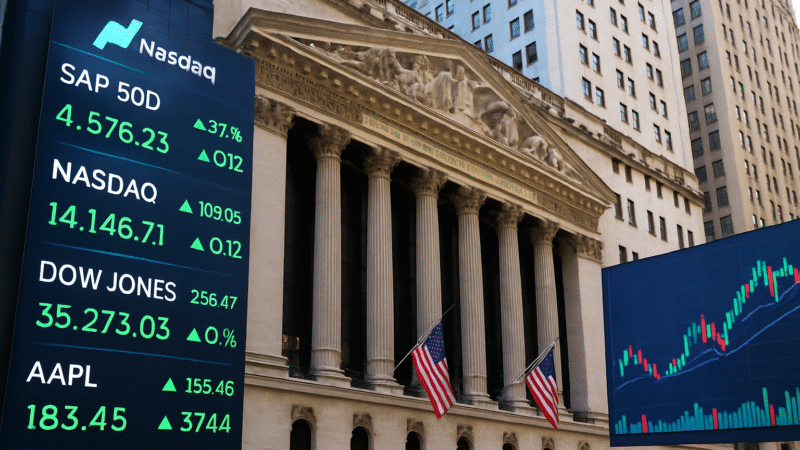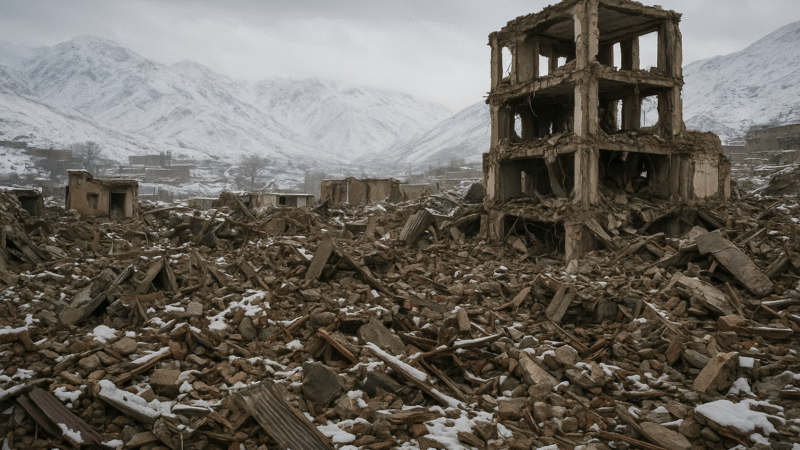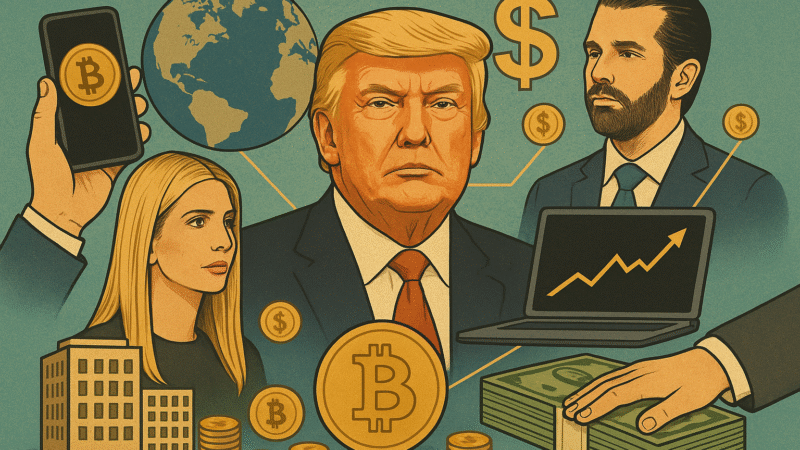Zelenskyy’s Return To Washington
Ukrainian President Volodymyr Zelenskyy has once again arrived in Washington, this time under circumstances that carry even greater weight for the future of his country. His visit comes in the immediate aftermath of the Alaska summit between U.S. President Donald Trump and Russian President Vladimir Putin, a meeting that sparked both anticipation and criticism. For Ukraine, the stakes could not be higher. The nation remains embroiled in a devastating conflict, and Zelenskyy is determined to secure not just temporary ceasefire assurances but lasting guarantees that safeguard sovereignty and territorial integrity.
This White House visit is not only symbolic but also practical. Zelenskyy brings with him the backing of key European leaders, who have aligned with Ukraine in pressing for a peace settlement that upholds international law and does not reward aggression. Together, they aim to counterbalance concerns that Washington’s approach, shaped by the Alaska talks, could tilt in Moscow’s favor.
The Aftermath Of The Alaska Summit
The Alaska summit represented a rare direct encounter between Trump and Putin, but the results left Ukraine and its allies unsettled. Reports from the meeting suggest that Trump leaned toward pursuing a comprehensive peace settlement rather than the more immediate goal of a ceasefire. This shift in focus raised alarms because such a settlement could involve territorial concessions, something Ukraine’s leadership has consistently refused to consider.
Putin’s position was equally troubling. He reportedly suggested freezing the current front lines but made it conditional on Ukraine relinquishing control over Donetsk. Such a demand was swiftly rejected by Zelenskyy, who emphasized that Ukraine’s constitution prohibits ceding land and that any peace must preserve national sovereignty. For Ukraine, agreeing to territorial compromise would not only weaken the state but also set a dangerous precedent for international relations.
At the same time, some interpretations of the summit hinted at a possible concession from Putin in the form of openness to security guarantees for Ukraine. These would resemble NATO style commitments, theoretically offering protection against further aggression. Yet the lack of clarity and concrete terms left many skeptical, particularly in Kyiv and European capitals.
European Leaders Step In
The Alaska summit exposed deep divisions in approach. European leaders moved quickly to show solidarity with Ukraine, signaling their support by joining Zelenskyy in Washington. Leaders from Germany, France, the United Kingdom, Italy, and Finland, along with key EU representatives, emphasized the importance of maintaining a united front. Their presence underscored that any settlement must involve European input and must not isolate Ukraine into a bilateral deal between Washington and Moscow.
Europe’s concerns are rooted in the fear that U.S. concessions could embolden Russia and weaken the transatlantic alliance. By traveling alongside Zelenskyy, these leaders demonstrated that Ukraine is not alone and that the European continent has a direct stake in ensuring the conflict ends in a way that strengthens international security rather than undermines it.
Criticism Of The Alaska Meeting
The Alaska summit has been widely criticized in policy circles. Many analysts described it as an unstrategic and poorly handled attempt to move toward peace. Critics argue that Trump failed to counter Putin’s territorial demands firmly enough, leaving the impression that Washington might accept a deal at Ukraine’s expense. Such optics have implications not only for Kyiv but also for the credibility of the U.S. in upholding international norms.
Commentators further noted that the summit seemed to deliver a propaganda win for Putin. By engaging with Trump on equal terms, Putin secured renewed global visibility and influence. This outcome left Ukraine appearing more vulnerable, especially in light of Russia’s insistence on territorial control. Instead of clarifying a path to peace, the meeting deepened divisions and raised doubts about the U.S. strategy.
Negotiation Dynamics
As Zelenskyy sits down in Washington, the negotiations revolve around two central questions. The first is whether Ukraine can obtain binding security guarantees that deter Russia from further aggression. The second is how to reconcile Trump’s pursuit of a settlement with Ukraine’s absolute refusal to accept territorial loss.
For Zelenskyy, the solution must be peace without surrender. His government has consistently underscored that concessions of land are not only unconstitutional but also strategically disastrous. On the other side, Trump views an eventual settlement as a legacy achievement, and his rhetoric has occasionally suggested that land swaps or compromises could bring a quicker end to hostilities. The clash between these two positions shapes the core tension of the current diplomatic moment.
The Role Of Europe In The Talks
European leaders play a pivotal role in this unfolding story. They are not merely symbolic supporters but active participants pressing for outcomes that protect Ukraine while ensuring broader European security. Their united stance sends a clear message that peace cannot come through legitimizing territorial conquest.
At the same time, European states are preparing to back their diplomacy with tangible commitments. Increased defense support, tougher sanctions, and financial aid remain on the table as tools to reinforce Ukraine’s hand at the negotiating table. For Europe, the conflict is not distant but immediate, given its impact on regional stability, energy markets, and security structures.
Broader Ramifications For Global Security
The current negotiations highlight a wider shift in global geopolitics. The Alaska summit revealed gaps in Western unity and raised questions about the direction of U.S. foreign policy. If Washington were to appear soft on Moscow, European nations might find themselves carrying a larger share of the security burden. This potential imbalance threatens to strain alliances and complicate efforts to deter future acts of aggression.
Putin’s apparent resurgence on the world stage is also a worrying signal. By engaging directly with the U.S. president, he gained legitimacy and projected strength both at home and abroad. For many in Europe and Ukraine, this is a dangerous development that could embolden future confrontations if not countered by firm and unified responses.
Looking Ahead
As Zelenskyy continues his meetings in Washington, expectations remain high but uncertain. A genuine peace agreement must balance the need for security, justice, and sovereignty. Anything less risks entrenching instability or setting the stage for renewed conflict.
The path forward will depend on whether promises of security guarantees evolve into binding agreements and whether Western unity can be preserved in the face of Russian demands. For Ukraine, success is defined not by temporary relief but by a sustainable peace that preserves independence and territorial integrity. For Europe, the outcome will shape the future of continental security. For the United States, the credibility of its global leadership hangs in the balance.
Conclusion
President Zelenskyy’s return to the White House is more than a diplomatic meeting. It is a decisive moment in the struggle to define the terms of peace in Europe’s most dangerous conflict since the Second World War. The aftermath of the Alaska summit revealed sharp differences in vision between Washington, Moscow, Kyiv, and Europe. For Ukraine, the red line remains clear: no surrender of land and no compromise on sovereignty. For the United States, the challenge lies in balancing its desire for a swift settlement with the moral and strategic necessity of defending international law. For Europe, the task is to ensure unity and to prevent a fragile truce from becoming another chapter of instability.



